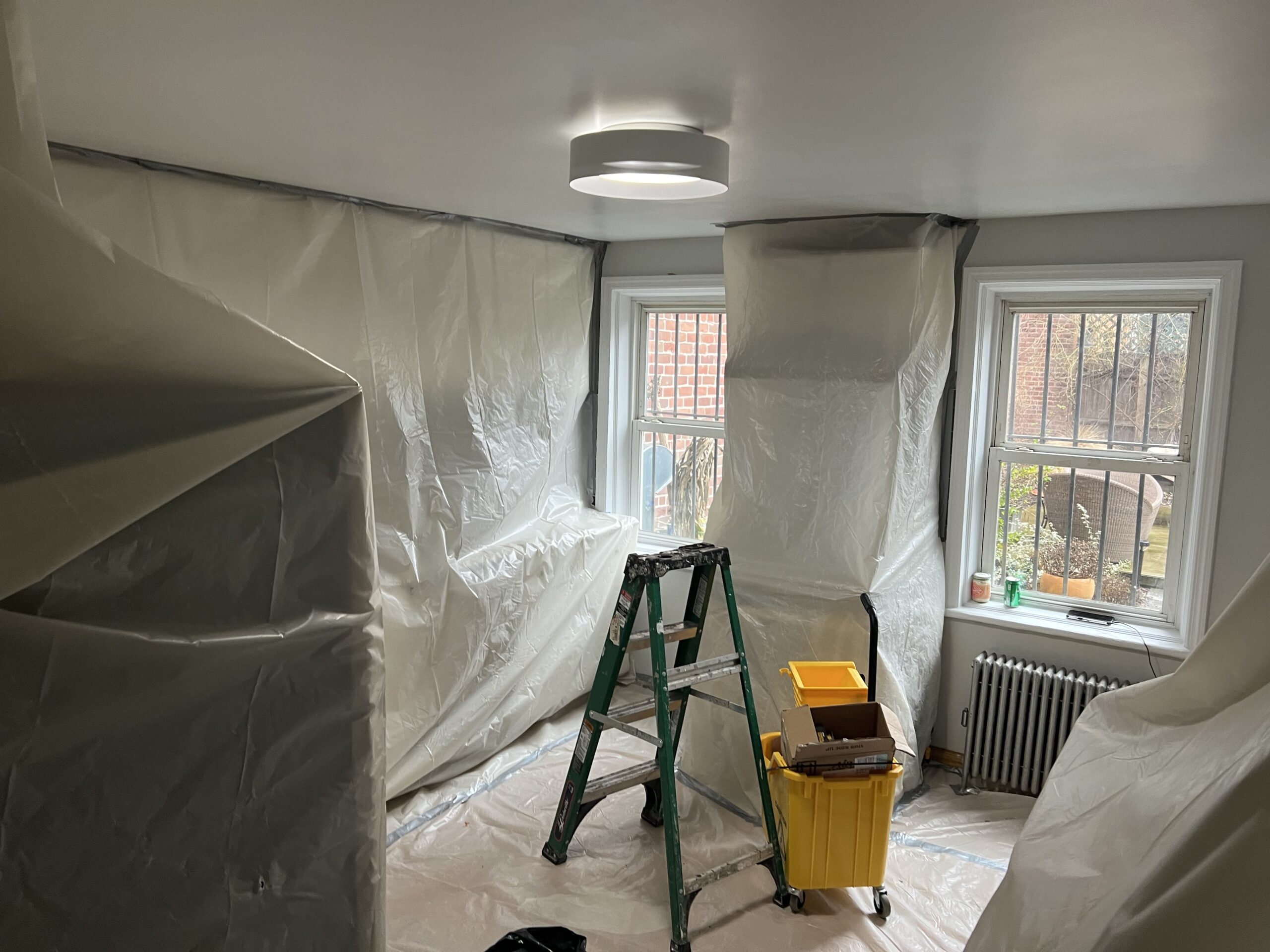Comprehensive Overview on Effective Lead Infraction Removal Methods
In the world of environmental security, addressing lead offenses demands a thorough and structured technique. This comprehensive overview starts by highlighting the important preliminary steps of determining lead threats through innovative assessment and testing approaches. The overview elaborates on the importance of sticking to rigid security procedures throughout the removal procedure, including the usage of proper PPE and separating influenced areas.
Recognizing Lead Hazards
Identifying lead risks is an essential initial step in reducing the threats associated with lead direct exposure. Lead, a poisonous metal, can be existing in different ecological tools, consisting of paint, dirt, water, and dirt.
The initial phase in identifying lead dangers involves understanding common lead sources within the developed setting. Structures constructed before 1978 are especially vulnerable as a result of the common use lead-based paint during that period. In addition, dirt contamination can occur from deteriorating exterior paint, industrial discharges, or historic use of leaded gasoline.
An additional significant source is lead piping and pipes fixtures, which can seep lead into alcohol consumption water. Customer products such as toys, ceramics, and imported items may additionally contain damaging lead degrees. Significantly, work environments and pastimes involving lead can track pollutants right into homes.
Analysis and Testing
When dealing with lead dangers, efficient evaluation and screening are critical. Preliminary assessment generally includes an aesthetic assessment to determine prospective lead sources, such as weakening paint or infected dust.

Dust wipe sampling is another essential strategy, particularly in domestic settings. By gathering examples from floors, windowsills, and other surface areas, this technique gives understandings into prospective direct exposure risks. Additionally, dirt testing around building perimeters is vital to find lead contamination that might present dangers, particularly to kids.
Safe Removal Procedures
Upon completing complete assessment and testing, carrying out secure elimination treatments is the next critical phase in attending to lead threats. This process guarantees that lead-contaminated materials are effectively and securely eradicated, reducing threat to both workers and homeowners. The primary step includes isolating the afflicted location utilizing plastic sheet and proper securing techniques to stop the spread of lead dust.
Employees should don ideal personal safety tools (PPE), consisting of respirators, handwear covers, and disposable coveralls, to mitigate direct exposure. Utilizing specialized devices and damp techniques, such as damp sanding or using HEPA-filtered vacuum cleaners, reduces the dispersion of lead fragments. It is essential to prevent dry fining sand or abrasive blasting, as these methods can produce damaging lead dirt.
Waste disposal is one more essential part; all contaminated materials must be firmly gotten and classified according to EPA and local guidelines. Additionally, comprehensive cleansing of the workspace with HEPA vacuums and damp wiping makes sure the removal of recurring lead fragments.
Post-Removal Verification

Confirmation of effective lead elimination, referred to as post-removal confirmation, is important to make certain the security and habitability of the remediated area. This process entails a collection click for info of meticulous More hints assessments and tests developed to spot any type of residual lead fragments that may present health risks. The preliminary step normally consists of an aesthetic evaluation to examine the completion and high quality of the remediation work. This inspection ensures that all well-known resources of lead have been dealt with which no noticeable indications of contamination stay.
Following the visual assessment, ecological tasting is performed. This includes gathering dirt, soil, and occasionally water samples from the remediated area. Recognized laboratories evaluate these samples to determine lead levels, guaranteeing they drop listed below the safety and security thresholds established by regulatory bodies such as the Environmental Defense Company (EPA)
Furthermore, air top quality testing might be executed to discover airborne lead bits, particularly in instances Your Domain Name where substantial lead-based paint removal or renovation has taken place. The outcomes of these tests give quantitative data verifying that the lead degrees are within permissible restrictions.
Inevitably, post-removal confirmation acts as an essential checkpoint, confirming the performance of the lead abatement initiatives and protecting the health of passengers and site visitors.
Safety Nets and Maintenance

A crucial safety net includes using lead-safe licensed service providers for any type of improvement, repair, or paint tasks. These specialists are trained in practices that decrease lead dust and particles. Additionally, preserving colored surface areas to prevent breaking or peeling off is necessary, as weakening paint can release lead particles right into the environment.
Educational initiatives targeting home owners and tenants pertaining to the threats of lead and the value of reporting any kind of possible dangers can better boost preventive efforts. Routine cleansing making use of HEPA vacuum cleaners and wet mopping methods can significantly reduce lead dust build-up.
Verdict
In recap, effective lead infraction elimination necessitates a careful strategy incorporating thorough assessment, precise testing, and strict removal procedures. Guaranteeing security with appropriate isolation and individual safety equipment remains paramount. Post-removal verification via environmental sampling and air high quality screening corroborates conformity with well-known safety criteria. Furthermore, ongoing evaluations and maintenance are vital to mitigate future lead threats, thus protecting public health and making certain continual compliance with regulatory needs.
Comments on “DOH & HPD Lead Violation Removal NYC-- Expert Services for Compliance”